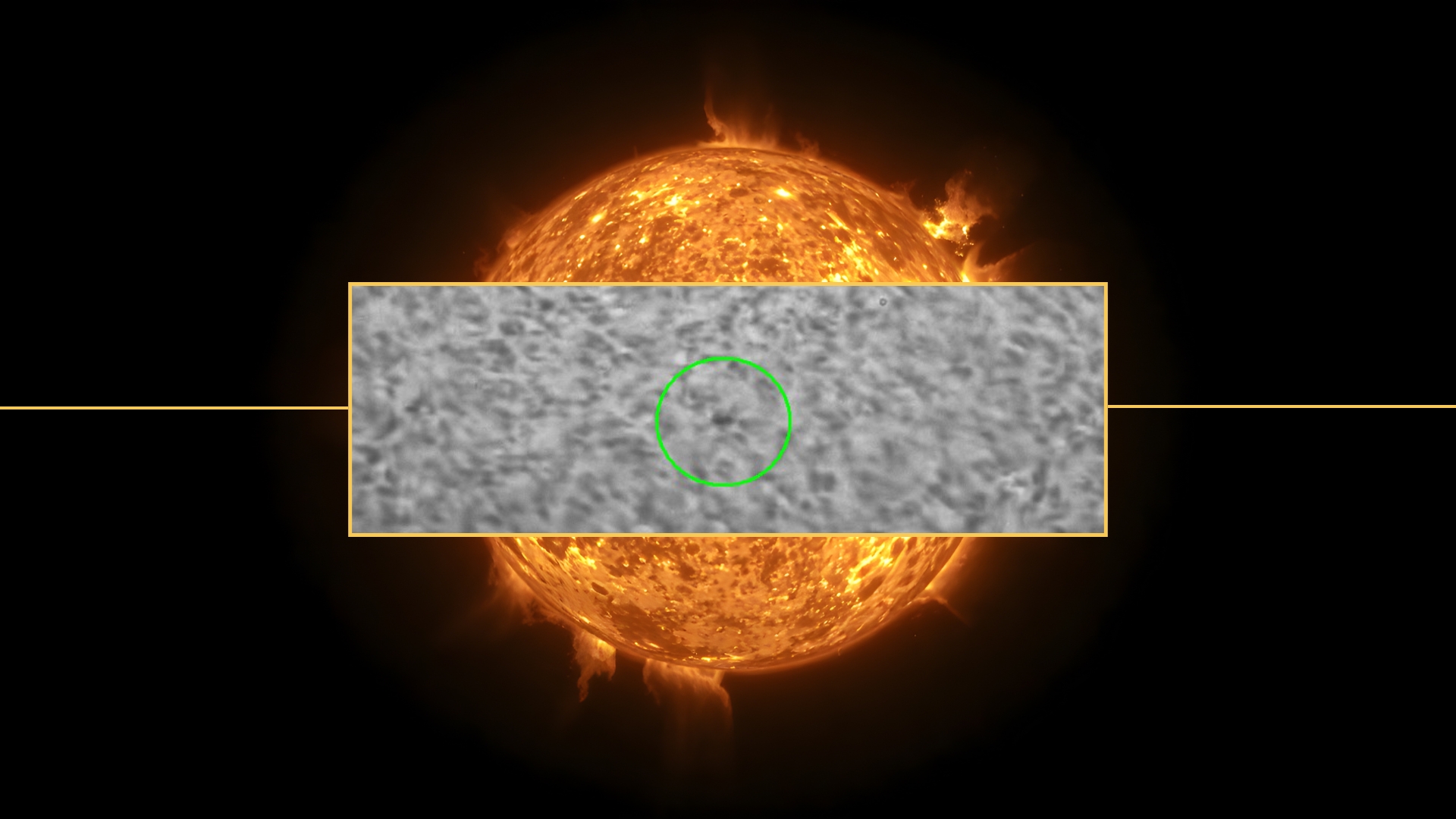NASA: Researchers' Work May Influence Search for Mars Life, But No Evidence Yet
WASHINGTON -- Inresponse to Space News' originalarticle "NASA Researchers Claim Evidence of Present Life on Mars" postedFeb. 16 on SPACE.com and spacenews.com and picked up by other Web outlets, NASAissued a statement calling the reports incorrect.
"NASAdoes not have any observational data from any current Mars missions thatsupports this claim. The work by the scientists mentioned in the reports cannotbe used to directly infer anything about life on Mars, but may help formulatethe strategy for how to search for martianlife. Their research concerns extreme environments on Earth as analogs ofpossible environments on Mars. No research paper has been submitted by them toany scientific journal asserting martianlife."
Inthe original story, Space Newsreported that a pair of NASA scientists, Carol Stoker and Larry Lemke, told agroup of space officials at a private meeting here Sunday that they had foundstrong evidence that life may exist today on Mars.
NASAspokeswoman Dolores Beasley said Feb. 18 that Stoker and Lemke were notavailable for interviews. Stoker did not respond to messages left Feb. 15 onher voice mail at Ames.
Space News interviewed ahalf-dozen space officials who attended the Feb. 13 event at a private home in Northern Virginia. All requested that they not beidentified in print because the discussion was considered off the record.
Allattendees interviewed gave consistent accounts of Stoker and Lemke'spresentation to the group. Some attendees later had conflicting recollectionsabout what exactly Stoker said about her plans to publish her research. Whilesome said Stoker claimed she had submitted a paper to the journal Nature for publication in May, otherssaid Stoker only mentioned that she was preparing a paper for submission to Nature.
Nature said itnormally does not comment on whether a paper is under consideration forpublication or has even been submitted. Carl Ziemelis,the physical sciences editor at Naturein London, saidFeb. 18 that he was making an exception to that normal practice, telling Space News that the journal is notpreparing to publish Stoker and Lemke's research and that he first learnedabout their work from news reports.
Breaking space news, the latest updates on rocket launches, skywatching events and more!
Stokerand other researchers have long theorized that the Martian subsurface couldharbor biological organisms that have developed unusual strategies for existingin extreme environments. That suspicion led Stoker and a team of U.S. and Spanish researchers in 2003 tosouthwestern Spainto search for subsurface life near the Rio Tinto river, so-called because of its reddish tint, the product ofiron being dissolved in its highly acidic water.
Stokertold SPACE.com in 2003, weeks beforeleading the expedition to southwestern Spain, that by studying the very acidicRio Tinto, she and other scientists hoped tocharacterize the potential for a "chemical bioreactor" in the subsurface -- anunderground microbial ecosystem of sorts that might well control the chemistryof the surface environment.
Makingsuch a discovery at Rio Tinto, Stoker said in 2003,would mean uncovering a new, previously uncharacterized metabolic strategy forliving in the subsurface. "For that reason, the search for life in the Rio Tinto is a good analog for searching for life on Mars," shesaid.
Stokertold the private audience Feb. 13 that by comparing discoveries made at Rio Tinto with data that is being collected by ground-basedtelescopes and orbiting spacecraft, including the European Space Agency's MarsExpress, there is a strong case to be made that life could exist below Mars'surface.
The two scientists, according to sources who attended the Feb. 13 event, said Mars' fluctuating methane signatures and nearby surface concentrations of the sulfate jarosite, a mineral salt found on Earth in hot springs and other acidic bodies of water like Rio Tinto that have been found to harbor life despite their inhospitable environments, could be a sign of an active underground biosphere.
Methanefindings also have been the focus of some researchers examining data from theEuropean Space Agency's Mars Express satellite.
TheBritish magazine New Scientistreported Feb. 16 that an Italian scientist, Vittorio Formissano of the Instituteof Physics and Interplanetary Sciencein Rome, would be speaking at a Mars Expressconference in Noordwijk, the Netherlands the week of Feb. 21about methane findings that he said can only be explained by the presence oflife. But as other scientists have pointed out, and the same New Scientistarticle noted, methane in the concentrations that have been observed on Marscould also be explained by non-biological processes such as volcanic activity.
Stoker, is slated to present a paper sheauthored with Lemke and several others about the Rio Tintoresearch and its implications for present life on Mars at the Lunar andPlanetary Institute's annual conference in League City, Texas,March 14-18.
Theabstract of that paper, "Characterization of a Subsurface Biosphere in aMassive Sulfide Deposits at Rio Tinto, Spain:Implications for Extant Life on Mars," is posted on the Lunar and PlanetaryInstitute's Web site at www.lpi.usra.edu/meetings/lpsc2005/.
Brian Berger is the Editor-in-Chief of SpaceNews, a bi-weekly space industry news magazine, and SpaceNews.com. He joined SpaceNews covering NASA in 1998 and was named Senior Staff Writer in 2004 before becoming Deputy Editor in 2008. Brian's reporting on NASA's 2003 Columbia space shuttle accident and received the Communications Award from the National Space Club Huntsville Chapter in 2019. Brian received a bachelor's degree in magazine production and editing from Ohio University's E.W. Scripps School of Journalism.
